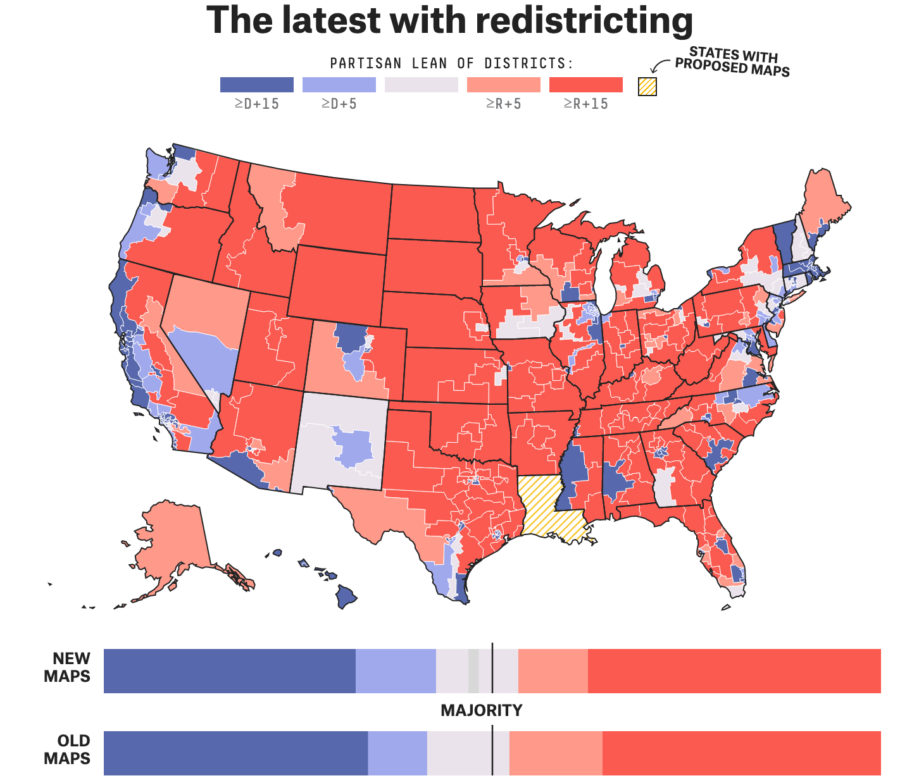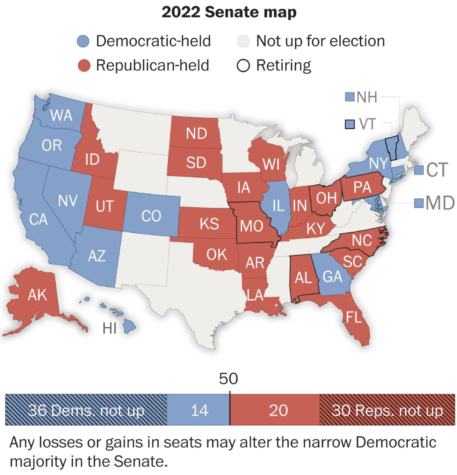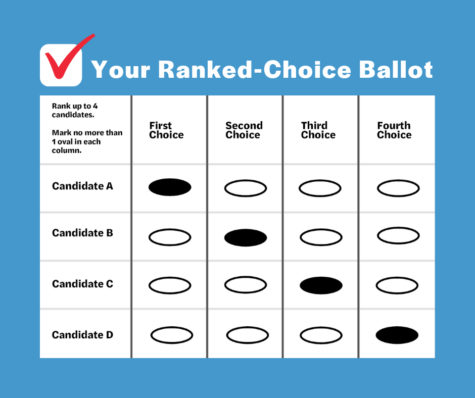Gerrymandering in 2022
This fall, all 435 seats in the House of Representatives are up for election. Economic uncertainty from inflation and a possible recession, the Supreme Court’s controversial Dobbs decision, and the presence of former president Donald Trump on the campaign trail — all these factors will shape the elections. But, no factor may be more crucial than the much-maligned practice of gerrymandering, where a political party in control of redistricting designs the districts to favor their party.
After the redistricting cycle of 2021-22, when states drew new congressional districts to align with changes in population and demographics, the Cook Political Report estimates that a mere 30 districts, 7% of the total, favor neither party. If you add the 15 Democratic-leaning and 11 Republican-leaning seats that plausibly flip to the other party, that adds up to a total of 56 districts, representing 13% of the total House membership.
What has brought us to this point where political competition is increasingly rare?
In 2010, Republicans took control of 24 state legislative chambers around the country. These gains gave them full control of redistricting in 219 districts across 22 states, while the Democrats only controlled 44 districts in 11 states. The following redistricting cycle allowed Republicans to maintain control of the House in 2012 despite losing the popular vote by 1.2 million votes. The results were apparent: 23 more seats leaned to the Republicans than leaned to the Democrats.
Heading into the 2022 cycle, the Republicans control redistricting in 187 districts across 20 states, while the Democrats control 75 districts in eight states. As a result of this, three more seats lean to the Republicans, down from their 23-seat advantage ten years ago; nevertheless, this advantage persists because of Republican successes in gerrymandering.
In Florida, Governor Ron DeSantis rejected a proposed gerrymander from Republicans in the legislature to provide his own, more extreme maps. DeSantis proposed to give Florida, which Trump won with 51% of the vote, maps with 20 Republican-leaning districts to eight Democrat-leaning districts. One of the casualties was a majority-Black district currently represented by Democrat Al Lawson in northern Florida, that has been broken up with its pieces added to strongly Republican districts.
Trump won Texas with 52% of the vote, but 24 districts lean to the Republicans in the new maps, with 11 leaning Democratic and one competitive seat. Most extreme of all, Wisconsin, which Biden won, has six districts that favor Republicans and two that favor Democrats.
There are similarly brazen gerrymanders from Democrats, including in Illinois, which Biden won with nearly 60%, but where Democrats are poised to take 14 of Illinois’ 17 House seats. However, Republicans just have more opportunities to gerrymander seats thanks to their advantage in state legislatures.
With Democrats in Washington refusing to pass legislation that would ban gerrymandering, responding to these anti-democratic practices has fallen to the National Democratic Redistricting Committee, formed by President Obama and former Attorney General Eric Holder after the 2016 election. The NDRC has funded lawsuits in Florida, Texas, and other Republican controlled states to force the legislatures to draw fairer maps.
Their primary tool in this effort has been Section 2 of the Voting Rights Act, which prohibits racially motivated election rules. In fact, a lawsuit over this very issue is currently being argued in front of the Supreme Court over a map in Alabama that is accused of diluting Black representation. However, uncertainty about what constitutes a racial gerrymander versus a partisan gerrymander, which is completely legal, leads to many of these cases being thrown out.
Litigation over gerrymandering has led to uncertainty over who will represent a district. New York state legislators proposed an extreme gerrymander that would give Democrats 22 seats to four for the Republicans. Biden won 60% of the vote in New York.
When Republicans sued, they were able to overturn the map and win a favorable map from a court-appointed special master that forced Democratic incumbents into races against each other. Some Democrats argued that the new map disenfranchised minority voters to create compact district lines. If New York Democrats had set out to create a fair map, this situation would not have emerged.
Democrats will always be disadvantaged by redistricting, even in a fair process, because they have effectively ‘packed’ themselves into urban areas. One of the most common tools used in gerrymandering is maximizing the number of opposition supporters in one district, so the party drawing the maps can divide their supporters across a larger number of districts. However, Democrats overwhelmingly live in higher-density regions than Republicans, meaning that the most Democratic district in the country votes more Democratic than the most Republican district. As more Democrats move to urban areas, this will mean that Democrats effectively waste their votes.
Some have suggested that the Republican advantage in gerrymandering is less significant than was the case in 2012. The generic Congressional ballot poll, which asks voters to decide what party they would vote for, is currently led by the Democrats. Others have argued that Biden’s unpopularity and redistricting will bring the Republicans to power.
But no matter who wins the midterms, it will be through unfair maps that exacerbate racial inequality and increase partisan polarization, neither of which bode well for the future of American democracy. We need a national requirement for nonpartisan commissions that remove control of redistricting from partisan state legislatures.










